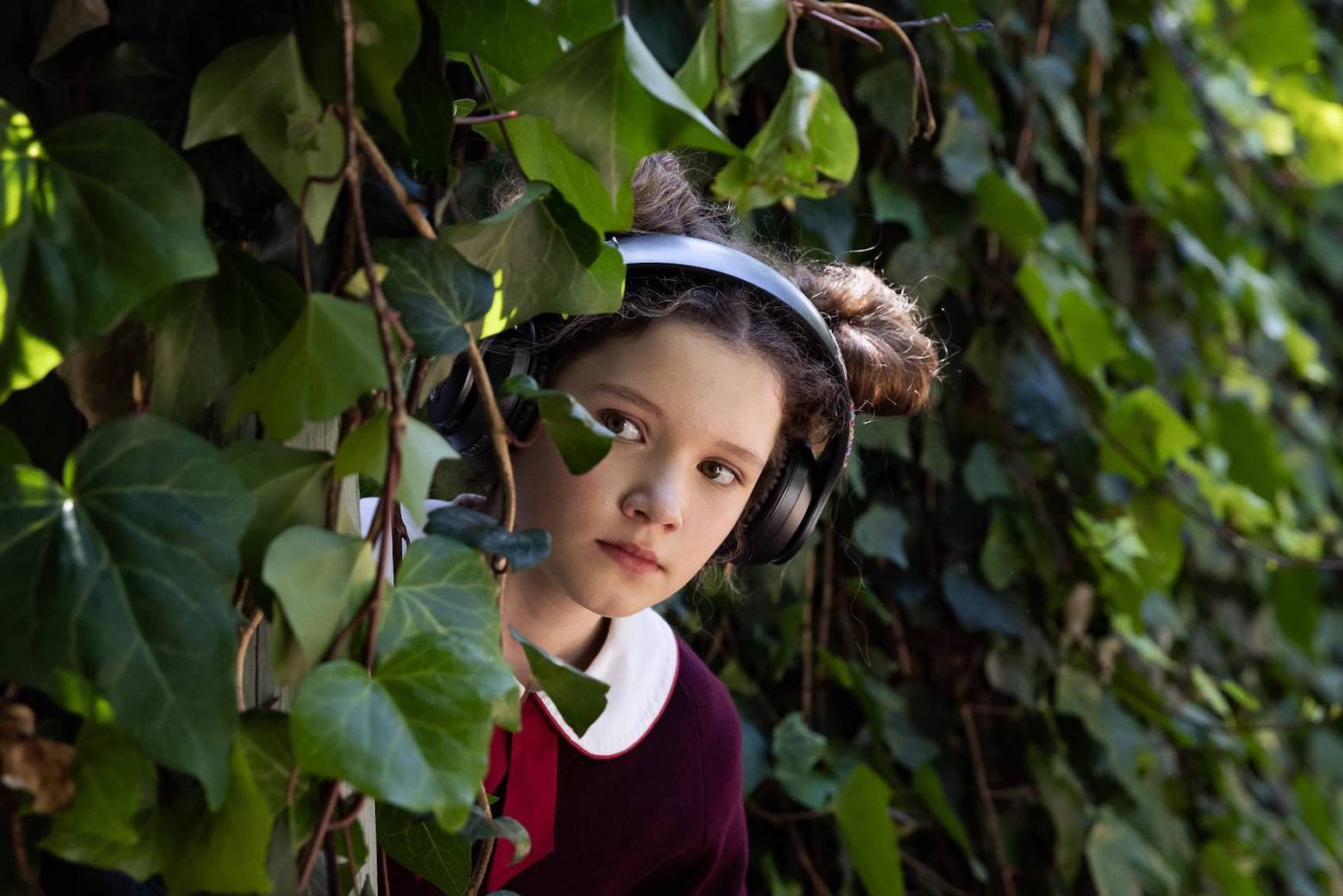You can tell that Blaze director Del Kathryn Barton is an award-winning visual artist first and foremost. The images that she puts together in this film are frequently stunning—making use of the camera in fascinating, freeing ways, and with lots of practical and computer-generated/animated effects that paint her young protagonist Blaze's world in glitter and feathers and lush colors. The imaginary dragon, which acts as a shorthand to symbolize Blaze's complex psychological response to her trauma, is a wonderfully tactile life-size puppet that lead actress Julia Savage responds to in an entirely convincing way.
But you can also tell that this is Barton's debut feature. Ultimately her visuals don't do enough to shake off or give meaning to the graphic scene of rape and murder that occurs at the beginning of the film. And the way she structures the movie threatens to make it feel like a series of music videos or video art pieces. Despite its originality and the level of commitment displayed by both Savage and Simon Baker, Blaze has difficulty communicating a coherent message about trauma—the film strung together by heavy-handed scenes that spell out various ideas and lead to the most obvious conclusions.
Synopsis
After a young girl witnesses a violent crime, she summons an imaginary dragon to help process her anger and protect her on her journey into womanhood.
Storyline
After witnessing the rape and murder of a woman, a young girl struggles to deal with her trauma with the help of an imaginary, papier-mâché dragon.
TLDR
Imagine dragons (literally).
What stands out
Whether or not Blaze's style works for you, Barton's art really is worth checking out. Even here, it's undeniably thrilling to see an independent film take so much care in crafting a visual language for itself. And the dragon is still the best example of this. Looking more like a cross between a puppy, a seahorse, and a unicorn, its innocence and incongruity of parts are able to convey childlike wonder, confusion, and fear with ease. Just seeing the dragon puppet exhibited on its own somewhere would probably cut to the film's essence more than watching the actual movie would.












